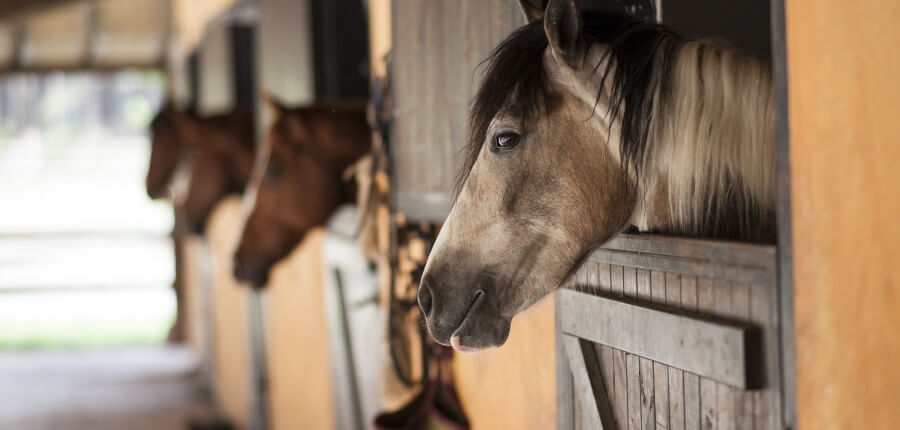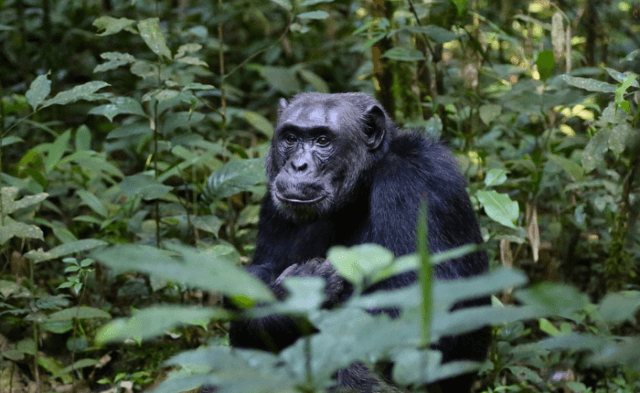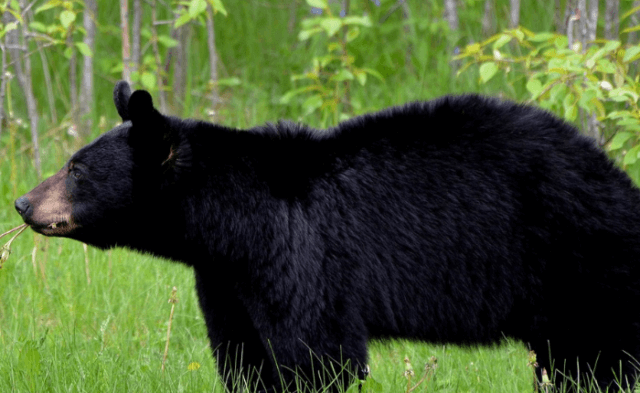Please enjoy this article from the latest issue of our magazine, PETA Global. To begin your subscription, become a PETA member today!
The image shared with PETA by a horrified whistleblower showed a dead racehorse named Bridget Moloney unceremoniously dumped at a landfill after being injured in her last race, her legs still in racing wraps, her body protruding from a pile of garbage. PETA pressure prompted a criminal investigation, but as the organization’s seven prior investigations into the racing industry have already demonstrated, it’s common for horses to be treated like trash.
PETA’s investigation into Steve Asmussen, a Hall of Fame trainer, revealed that horses are drugged, both legally and illegally, to keep them running when they’re sick or injured – often leading to fatal injuries.
Horses are routinely whipped to make them run faster when their bodies are telling them they’ve had enough. Welts were visible on Melbourne Cup winner Vow and Declare at the end of the race. Horses are also shocked with illegal “buzzers,” and a PETA investigator recorded jockeys and trainers laughing about smuggling them into races.
Many horses are crippled by arthritis and other chronic conditions by age 5 or 6, and thousands are sent to slaughter every year. That was nearly the fate of ex-racer Coming Home, who was purchased by a “meat buyer” at a livestock auction and was just hours away from slaughter when PETA stepped in to save her, finding her a home on a longtime member’s vegan ranch.
First-Ever Cruelty Charges
Here’s an outrageously cruel ending to a hard life: PETA filmed Australian and US-born Thoroughbred horses being beaten in the face with pipes as they were forced, trembling with fear, into the slaughter chutes at the Nonghyup facility, South Korea’s largest horse slaughterhouse. PETA’s footage caused such a public outcry that Korean authorities filed the first-ever cruelty charges against slaughterhouse workers in the country, levied fines, and pledged to implement a retirement program to keep horses from being sold for meat. In the US, at PETA’s urging, The Jockey Club created the Thoroughbred Aftercare Alliance, which uses a portion of foal registration fees to care for ex-racers.
Leading the Way in California
“Incredible abuses to these precious animals and the willingness to just spit these animals out and literally take their lives is a disgrace.” – California Gov. Gavin Newsom
When the horse deaths started mounting up at California’s Santa Anita track – 37 in one year alone – PETA responded with protests and demands for reform. Following a massive push, the Los Angeles district attorney conducted its first-ever criminal investigation into trainers and veterinarians who medicate horses for injuries and then send them back out onto the track.
PETA also persuaded the California horseracing industry to implement some of the strongest horse-protection standards in the world, including banning more than a dozen injury-masking anti-inflammatory drugs, increasing drug testing for horses, installing digital imaging equipment to detect injuries, requiring mandatory investigations into all horse deaths, and much more.
As a result, California tracks have had to cut back on racing, because there aren’t enough horses who can meet the higher health standards. Attendance is down, and the amount of money wagered at one track plummeted by more than $50 million. But there’s still much more to do.
Take Action Now
Never bet on or attend any horse race, and ask your friends and family members to follow suit. US readers: Please visit PETA.org/HIA to urge your legislators to cosponsor the Horseracing Integrity Act to protect horses from drugging.





